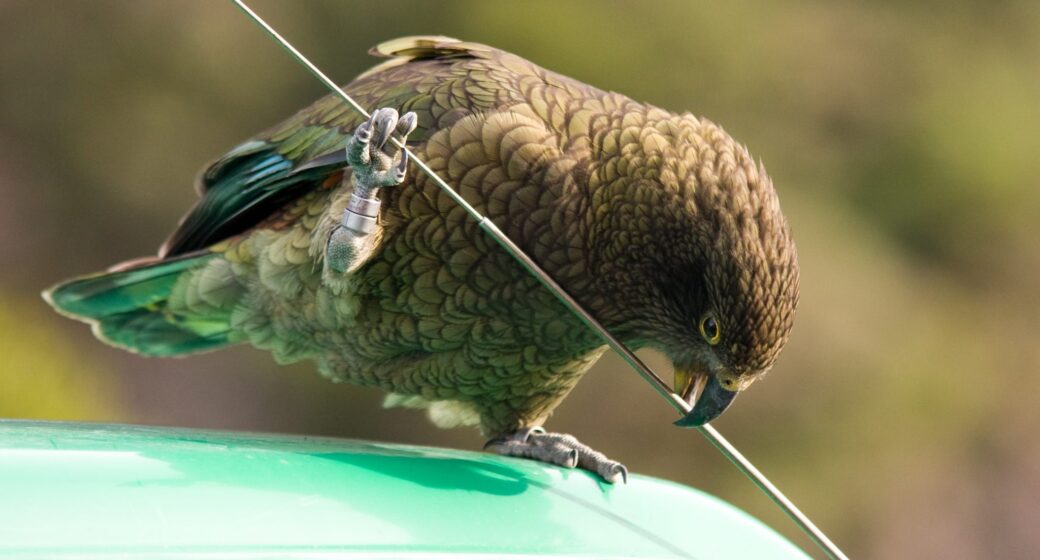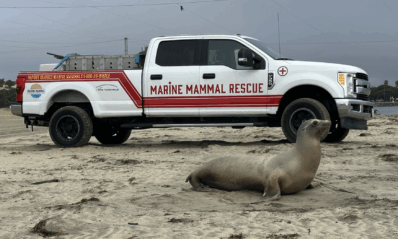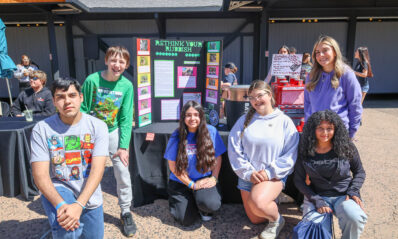
[link_to_contenthub_landing]
How Denver Zoo Encourages Everyone to Get Involved with Conservation
By: Kellie Burch
When I applied for the role of Marketing Manager at Denver Zoo, I wasn’t expecting that one day I’d be logging data about wild kea in New Zealand as part of my job. But that’s exactly what I found myself doing in 2021, when my manager suggested I apply to be a Kea Database Assistant.
Kea are an endangered species of large parrot found in the forested and alpine regions of New Zealand. And if you’ve never had the chance to see one of these birds in the wild, you can see them right here at Denver Zoo! Not only does Denver Zoo house these rare birds, but for the last six years, we have also been heavily involved with kea conservation work.
In 2019, as part of Denver Zoo’s commitment to conservation, we wanted to support sending a staff member to New Zealand to participate in the Lead Free Kea Program in which kea are trapped and tested for lead poisoning to identify problem regions for lead, and rehabilitate birds with toxic levels of lead in their blood. While in New Zealand, Jessica Meehan, former bird keeper, asked the Kea Conservation Trust about how Denver Zoo could still be involved in KCT conservation work, and thus, the Kea Database project was born!
As she developed the project, it became clear that Jessica needed some help inputting data in order to complete the entries in a reasonable amount of time, and she requested support from Denver Zoo to recruit database assistants.
As a Marketing Manager, I wasn’t 100% sure I’d be the best fit for the Kea Database project. But one of the cool parts of working at Denver Zoo is that opportunities like this are available to all staff members from any department at the Zoo, rather than just zookeepers or Field Conservation staff members.
Jessica took me under her wing (no pun intended) and helped me onboard right away. She taught me important skills for entering all the data, like how to identify Kea age based on their markings on their face and body. For example, when Keas are juveniles, they have more colorful markings than older birds. I also learned how to read a topographical map and look up locations using longitude and latitude (something I haven’t done since middle school!).

An adult kea on the left stands on a rock with a juvenile kea (R) Photo by: Jessica Meehan
Before the Kea Sightings Database was available, this information was collected on the KCT website and was stored on spreadsheets often using location descriptions rather than coordinates. Our team worked to translate these locations to coordinates so the data can be more useful to researchers. Together, our team was able to enter kea sightings from 12 years of historical data, and we’re adding more all the time! The data can help researchers track trends around kea populations and locations, areas with human-kea conflict, and let’s them track individual kea.
The map below plots out those data entries across New Zealand. The bigger dots indicate more Kea sighted in that particular area.

This map shows all the data we’ve entered as a team since 2020
Today, the Kea Sightings Database allows residents and tourists to directly report their sighting to the database and, if the bird is wearing a band, they can look up more information regarding their particular sighting. In addition to the database project, Denver Zoo continues to support KCT financially as well. Last year, we sent funds to the Lead Free Kea Project, which allowed for replacement of toxic lead materials on buildings in Arthur’s Pass Village with materials that are safer for kea. With Denver Zoo’s support for purchasing materials, the construction teams in Arthur’s Pass Village are on track to replace toxic lead-head nails and flashing with kea-safe materials on all 114 buildings identified in this area.
Kea database entry has been a lot of hard work, but incredibly rewarding. I feel more connected than ever to Denver Zoo’s mission to save wildlife for future generations, and am filled with hope that we can reverse the red and get kea off the IUCN endangered species list.








